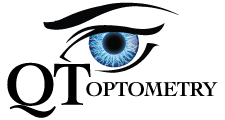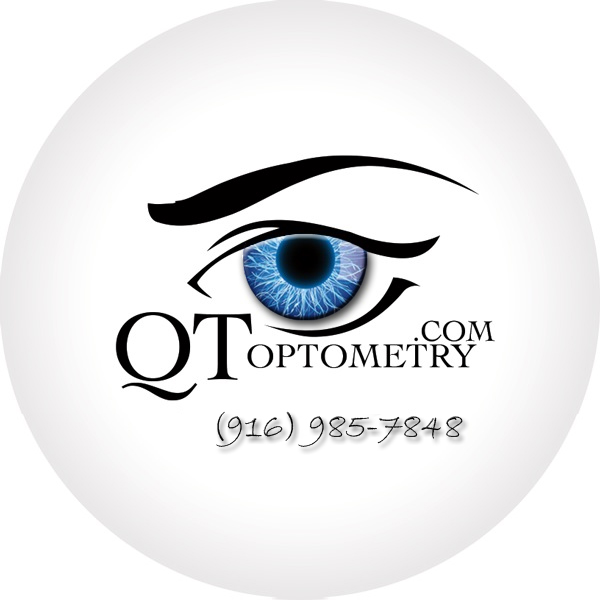Annual Wellness vs. Medical Eye Exam
Insurance companies are a long, arduous, and convoluted maze that must be traversed in order to be utilized. Because of that, your reason for being seen at QT Optometry AND the final results of that examination determines whether your Insurance company will categorize the visit as a “routine” Annual Wellness visit or as a “medical” eye care visit.
What Is An Annual Wellness Exam?
A routine annual wellness exam is an office visit to update glasses and/or contact lenses, evaluation of overall vision, and screen for possible eye diseases. These routine visits usually have common diagnosis of myopia (nearsightedness), hyperopia (farsightedness), or astigmatisms. The majority of vision plans provide coverage for routine annual wellness exams and some coverage for glasses and/or contact lenses. Routine annual wellness exams are billed to vision insurance plans. Medicare, however, does not provide for routine annual wellness exams.
What Is a Medical Eye Exam?
Medical eye exam produces diagnosis of either conjunctivitis, dry eye, glaucoma, uveitis, and/or cataracts, just to mention a few. Depending on your overall coverage, your medical policy will provide for a medical eye exam/visit, but may not have any coverage for a routine annual wellness exam. Evaluations, assessments, and follow up care for medical eye exams are billed to the medical insurance plan.
Dry Eye Syndrome
Dry eye is an ocular condition where there aren’t enough tears available to lubricate and/or to nourish the eye. Dry eye is a very common and chronic problem, especially for individuals who works on the computer and especially in older adults.
There are multiple causes of dry eyes, but at the core, it can be broken into two primary causes:
- Low amount and/or low production of tears.
- Poor quality of tears.
The goal of treatment for dry eyes are to restore the balance in the eye in order to minimize the dryness and/or discomfort, and to ultimately maintain overall eye health.
Glaucoma Workup
A tonometer is utilized to measure the intra-ocular pressure during routine wellness evaluations. Abnormally high IOP (greater than 22 mmHg) may indicate either an increased in production of fluid in the eye or a reduction in drainage system of the fluid from the eye. Other tests that are utilized to help diagnose and monitor glaucoma are:
- Visual field
- Optical coherence tomography (OCT)
- Confocal scanning laser ophthalmoscopy
- Gonioscopy
Red Eye
Conjunctivitis, the most common cause of red eye, may either be infectious (viral or bacterial), noninfectious (allergies or some irritants), or inflammatory (blepharitis, meibomitis, keratitis, iritis, glaucoma, scleritis).
Macular Degeneration
AMD is a common eye disease and is one of the leading cause of vision loss for people over the age of 50. It causes damage to the macular area; which is a small spot near the center of the retina that enables the eye to see sharp vision for distance (driving, sports, etc) and near (reading, computer, etc).
Diabetic and Hypertensive Retinopathy
QT’s “Diabetes and Eye Care” Program
– See more at: http://www.diabetes.org/living-with-diabetes/complications/eye-complications/#sthash.nMGJ5Pks.dpuf



